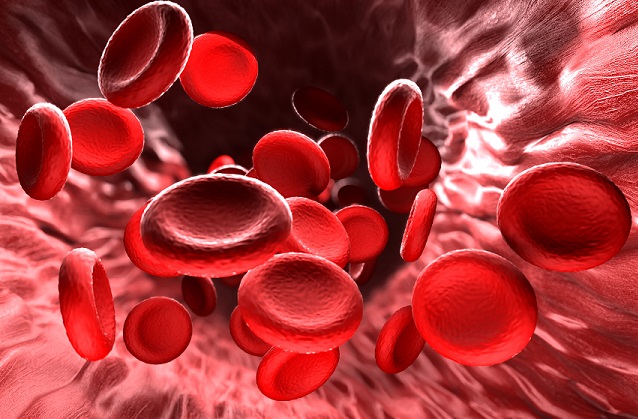Blood Test Could Predict Outcomes in Emergency Department and Hospital Admissions
Posted on 14 Aug 2023
Red blood cell distribution width (RDW), an integral component of the complete blood count (CBC) panel, measures the variation in red blood cell size. Increased RDW levels have demonstrated a relation to unfavorable patient outcomes across a range of diseases, spanning from heart attacks to COVID-19 pneumonia. Recent research has identified RDW as a generalizable biomarker for emergency department (ED) acuity. However, there have been few studies to examine the prognostic value of RDW within the ED setting. Previous studies have mainly focused on specific diseases like acute coronary syndrome, deep vein thrombosis, and sepsis, often employing limited sample sizes ranging from hundreds to thousands of patients. Now, a new study using a large dataset of ED visits has revealed that higher RDW value in the ED is correlated to hospital admission and, in individuals admitted to the hospital, in-hospital mortality.
Researchers in the Department of Emergency Medicine at UCLA David Geffen School of Medicine (Los Angeles, CA, USA) conducted a retrospective analysis of over 200,000 adult ED visits with CBC results between the period March 2013 and February 2022. The study’s key objective was to investigate the correlation between initial RDW measurements obtained during ED visits and two crucial outcomes: hospital admission and in-hospital mortality. The study revealed that elevated RDW levels were notably prevalent in visits culminating in hospital admission. Moreover, among admitted patients, those necessitating intensive care unit (ICU) care or experiencing in-hospital mortality exhibited even higher RDW values.

An RDW value of more than 16 demonstrated a specificity of 90% for predicting hospital admission, while an RDW value exceeding 18.5 demonstrated 90% specificity for predicting in-hospital mortality. These findings are in line with prior studies that have linked heightened RDW levels to higher mortality risks in conditions such as myocardial infarction, pulmonary embolism, heart failure, sepsis, and COVID-19. However, the latest study establishes a relation between RDW and overall hospital admissions as well as in-hospital mortality across all-cause adult ED visits. According to the researchers, while elevated RDW alone might not possess the sensitivity required for a comprehensive diagnostic tool, combining it with other clinical data could substantially enhance clinicians' capacity to predict hospital admissions and identify patients at heightened risk of in-hospital mortality.
Related Links:
UCLA David Geffen School of Medicine














